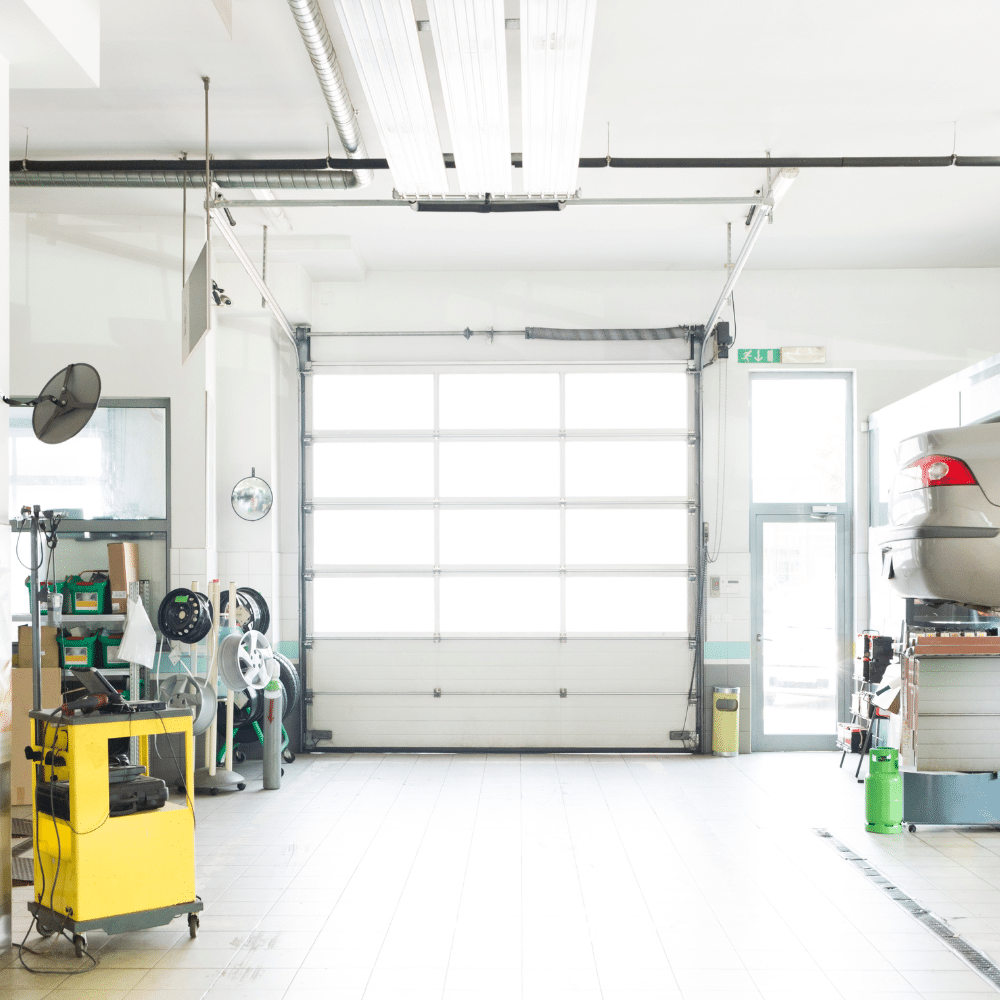The garage door repair, an emblem of our modern domestic lives, is often overlooked until it malfunctions. It stands tall and strong, a staunch sentinel that guards our homes and loved ones, silently bearing the brunt of weather extremes while providing us with the convenience of easy entry and exit.
However, like any other mechanical entity, it is susceptible to wear and tear. Ignoring minor issues can lead to significant problems over time – disrupting not only its function but also affecting the safety and security of one’s home.
This article provides an insightful journey into understanding common issues related to overhead doors and offers a comprehensive step-by-step guide towards self-maintenance and fixes. The information contained herein is rooted in deep knowledge about various garage door mechanisms. The instructions are presented in a clear, concise manner making them easily understandable even for beginners.
Just as every individual desires to belong within a community or group where they feel valued and understood, this article serves as an inclusive platform inviting readers into the world of DIY enthusiasts who take pride in mastering essential home repairs such as this. By empowering homeowners with practical skills and knowledge on garage door repair, we foster greater self-reliance while building stronger communities bonded by shared experiences.
Understanding Common Issues with Overhead Doors
According to a recent survey, approximately 45% of homeowners have experienced issues with overhead doors, highlighting the importance of understanding common problems associated with this type of garage door. The most prevalent concerns reported were related to faulty or worn-out springs, misaligned tracks, and malfunctioning openers.
These issues often arise as a result of frequent usage combined with insufficient maintenance, which in turn leads to degradation or outright failure of crucial components. It is also not uncommon for these problems to be exacerbated by environmental factors such as extreme temperatures and humidity levels.
The underlying dynamics behind these common issues are quite intriguing. For instance, the torsion springs provide the necessary force to lift a heavy garage door by winding and unwinding in response to the door’s movement. However, over time this constant stress can lead to metal fatigue and eventual failure if not properly monitored and maintained.
Similarly, garage door tracks can become misaligned due to physical impacts or gradual wear and tear causing the door rollers to derail from their designed path – an issue that poses both operational difficulties and safety risks.
On another note, automated openers rely on intricate circuitry which might fail due to power surges or component wear out over time resulting in sporadic functionality or complete non-operation.
Understanding these mechanisms empowers homeowners in identifying early signs of potential failures thus enabling proactive action towards maintaining optimal performance while fostering a sense of belonging through shared knowledge within your community.
Step-by-Step Guide to Self-Maintenance and Fixes
Proactive self-maintenance and fixes can significantly prolong the lifespan of any mechanical system, thus a comprehensive guide is provided to ensure seamless operations. It is crucial to understand that garage doors are complex mechanisms involving numerous moving parts; hence, it is imperative to practice meticulous care during maintenance or repair activities.
Regular inspection of all components including springs, cables, rollers, and hinges aids in recognizing potential issues before they escalate into significant problems. Furthermore, timely lubrication of moving parts with high-quality garage door lubricant not only reduces friction but also prevents premature wear and tear.
Garage door maintenance is not merely about keeping the mechanical parts in good working condition; it also calls for ensuring the efficiency of automated systems such as remote controllers or sensors. Keeping these aspects in mind:
1. Regular Inspection: A thorough monthly examination helps identify any visible signs of wear or damage early on.
2. Lubrication: Utilizing silicone-based lubricants on metal components like tracks and rollers ensures smooth operation.
3. Cleaning Sensors: Wiping infrared safety sensors clean from dust buildup will keep your automatic opener functioning correctly.
4. Test Safety Features: Checking the auto-reversal feature monthly by placing an object like a roll of paper towels under the door while it’s closing will verify its proper functioning.
By adhering to this systematic approach towards garage door upkeep, individuals can establish a sense of belonging within their homes through active participation in maintaining their living spaces’ integrity and security. This ultimately unfolds as an emotionally satisfying experience as one becomes more adept at managing these routine tasks independently over time.
READ MORE:
Emergency Garage Door Repairs: Swift Solutions When You Need Them Most


